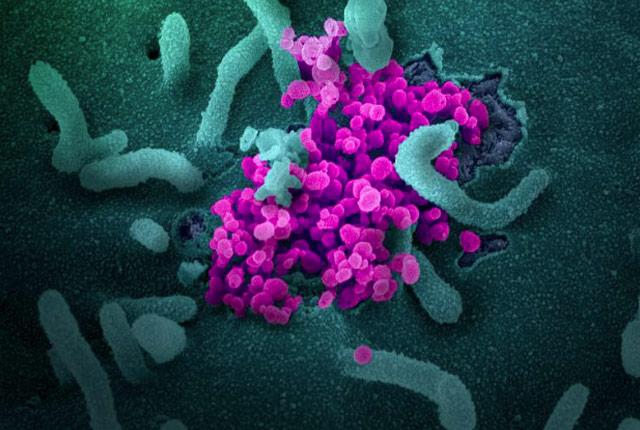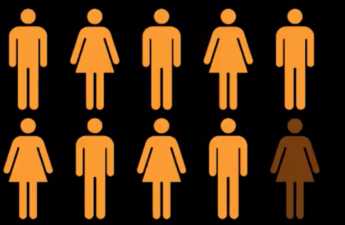
From the UW Institute for Health Metrics and Evaluation
America’s COVID-19 death toll is expected to reach nearly 300,000 by December 1, however, consistent mask-wearing beginning today could save about 70,000 lives, according to new data from the Institute for Health Metrics and Evaluation (IHME) at the University of Washington’s School of Medicine.
The US forecast totals 295,011 deaths by December. As of today when, thus far, 158,000 have died, IHME is projecting approximately more 137,000 deaths. However, starting today if 95% of the people in the US were to wear masks when leaving their homes, that total number would decrease to 228,271 deaths, a drop of 49%. And more than 66,000 lives would be saved.
Masks and other protective measures against transmission of the virus are essential to staying COVID-free, but people’s inconsistent use of those measures is a serious problem, said IHME Director Dr. Christopher Murray.
“We’re seeing a rollercoaster in the United States,” Murray said. “It appears that people are wearing masks and socially distancing more frequently as infections increase, then after a while as infections drop, people let their guard down and stop taking these measures to protect themselves and others – which, of course, leads to more infections. And the potentially deadly cycle starts over again.”
Murray noted that there appear to be fewer transmissions of the virus in Arizona, California, Florida, and Texas, but deaths are rising and will continue to rise for the next week or two. The drop in infections appears to be driven by the combination of local mandates for mask use, bar and restaurant closures, and more responsible behavior by the public.
“The public’s behavior had a direct correlation to the transmission of the virus and, in turn, the numbers of deaths,” Murray said. “Such efforts to act more cautiously and responsibly will be an important aspect of COVID-19 forecasting and the up-and-down patterns in individual states throughout the coming months and into next year.”
Murray said that based on cases, hospitalizations, and deaths, several states are seeing increases in the transmission of COVID-19, including Colorado, Idaho, Kansas, Kentucky, Mississippi, Missouri, Ohio, Oklahoma, Oregon and Virginia.
“These states may experience increasing cases for several weeks and then may see a response toward more responsible behavior,” Murray said.
In addition, since July 15, several states have added mask mandates. IHME’s statistical analysis suggests that mandates with no penalties increase mask wearing by 8 percentage points. But mandates with penalties increase mask wearing by 15 percentage points.
“These efforts, along with media coverage and public information efforts by state and local health agencies and others, have led to an increase in the US rate of mask wearing by about 5 percentage points since mid-July,” Murray said.
Mask-wearing increases have been larger in states with larger epidemics, he said.
IHME’s model assumes that states will reimpose a series of mandates, including non-essential business closures and stay-at-home orders, when the daily death rate reaches 8 per million. This threshold is based on data regarding when states and/or communities imposed mandates in March and April, and implies that many states will have to reimpose mandates.
As a result, the model suggests which states will need to reimpose mandates and when:
- August – Arizona, Florida, Mississippi, and South Carolina
- September – Georgia and Texas
- October – Colorado, Kansas, Louisiana, Missouri, Nevada, North Carolina, Oregon, and Washington.
- November – Alabama, Arkansas, California, Iowa, New Mexico, Oklahoma, Utah, and Wisconsin.
However, if mask use is increased to 95%, the re-imposition of stricter mandates could be delayed 6 to 8 weeks on average.
The model also assumes that that 50% of school districts in each state will opt for online instruction only for the 2020–2021 school year.
“As data emerge on actual school patterns, we will incorporate them into our future revisions of forecasts,” Murray said. “We recognize that, given mask wearing, the likely restrictions on after-school activities, and the potential for some parents to avoid engaging in school-related functions, our estimated impact of school openings may be overly pessimistic.”
The new death projections and other information, such as hospital resources usage, are available at https://covid19.healthdata.org.
IHME wishes to warmly acknowledge the support of these and others who have made our COVID-19 estimation efforts possible.


